The Main Parts of A Solar System
Battery
The battery is the heart of the solar system, it stores electricity. The type of battery used can vary, with common options including lead-acid, lithium-ion, and others. Each type has its advantages and drawbacks, such as cost, capacity, weight, and maintenance requirements.
For building a budget and easy-to-understand solar power system, a 12V solar power system will be a good example, we're using three 12V(Volts) 100Ah(Amp hours) lead-acid batteries.
Because it is a 12V solar system, these batteries are going to be in parallel, the amp hour would be 100+100+100=300Ah at 12 volts. Let’s figure out the capacity of these batteries, so if we multiply the amp hours and voltage, we will get 300AH x 12 volts = 3600Wh(watt-hours).

But because these are lead-acid batteries, it can only be discharged to 50 percent for a long life span, so we need to cut this figure in half which is 3600Wh(watt hours)/2 = 1800Wh.
Let’s say we have a 100 watt load appliance that we want to power with this system, because we have 1800Wh available in our batteries, we can divide it by 100 watt and we’ll get how many hours we can run it for, which is 1800Wh/100 watt = 18 hours.
Solar Panels
After we select our power bank(battery), we need to charge it with solar panels. In simple terms, solar panels consist of photovoltaic(PV) cells that convert sunlight into electricity.
There are various types and figures of solar panels. For better understanding, we're gonna use a solar panel that says 19.8 volts and produces 5 amps under ideal circumstances.
Combine those figures it will give you 99 watts, we’re gonna use 4 of them together for better charging efficiency, it will be 4 x 99 watts = 396 watts.

If you want to figure out how long it will take to charge up the battery with these panels, we need to take the watt hours of the battery bank and divide it by the wattage of the solar panels. So if the battery bank is 1800 watt hours we can recharge it with a 396 watt solar panel array in 4.54 hours in ideal circumstances.
But because solar panels typically output only around 70% to 80% of rated wattage, so we will take 396 watts multiplied by 70% or 0.7, then we will get 277.2 watts. So realistically, it will take 6.49 hours to recharge the system under most realistic circumstances with solar panels.
Solar Charge Controller
Now we need to figure out what size solar charge controller we need, but before, what is solar charge controller and what is it for?
So the solar panel creates electricity, but it comes in at a weird voltage. For this 12-volt battery to charge, it needs to be at a very specific voltage which is 12-volt.
That’s why we need a solar charge controller. It evens out the power coming from the solar panel, regulates the voltage so that this battery can charge safely, and protects the battery from being overcharged or excessively discharged to reduce the lifespan of the battery.
It also has all sorts of other special features, especially what's called an MPPT charge controller, and temperature compensation. All these different functions are designed to make sure that this solar panel power goes into the 12-volt battery in a safe and efficient way.
Getting back to our solar system, because solar charge controllers are rated in amps, we need to figure out how many amps our 19.8 volt solar panels set will actually produce at 12 volts.
We're gonna take 396 watts, which is the total solar panel array wattage, and divide it by 12 volts. This will tell us how many amps our solar charge controller needs to be able to handle, so 396 divided 12 would be 33 amps, that means we need a solar charge controller that is slightly bigger than 33 amps.

So we need a 40 amp solar charge controller, this will also allow us to add an extra solar panel in the future if we want to. It's always better to size your solar charge controller larger than you need.
When designing a solar power system, it's essential to calculate the total energy needs, decide on a suitable battery capacity to ensure energy availability during periods without sunlight, and select a properly sized solar array and charge controller to replenish the battery while protecting it from damage. Additionally, other components like inverters (to convert DC to AC), fuses, and wiring must be appropriately sized to handle the system's power requirements safely.
Inverter
As we know from the previous guide, the solar system is running on DC or Direct current, but most of our household electricity appliances are running on AC or Alternating current. To use the electricity in the battery, the most critical component you need is an inverter.
The inverter is basically an AC power creator, it converts the DC(Direct Current) electricity from solar panels or stored in the battery into AC(Alternating Current) electricity, which is the standard electrical current used in most homes and businesses for powering appliances and electronics.
Another thing you should know is that each of the inverters are designed to work with the precise voltage range of the DC input, 12V DC input can only use a 12V inverter. Also, a 12V inverter can not be connected to any other battery, except a 12V battery.
The inverter is rated by watt as the output, there will be continuous wattage and surge wattage, these are the metrics you should focus on when sizing your inverter.
Continuous wattage refers to the amount of power that a device can produce or sustain for an extended period. This is the standard operating level that the inverter or generator can handle under normal use. When you're selecting equipment, you should ensure that its continuous wattage rating meets or exceeds the total wattage of all the appliances and devices you plan to run simultaneously.

For example, if you have a refrigerator that uses 200 watts, a TV that uses 100 watts, and lights that use a combined 100 watts, you would need an inverter or generator with a continuous wattage rating of at least 400 watts to power all of these at the same time.
Surge Wattage (also known as Peak, Startup, or Starting Wattage) is the amount of power that a device can produce over a short period to start motors or appliances that require a larger startup current. Many electrical devices, especially those with induction motors like refrigerators, air conditioners, and pumps, require a higher wattage for a brief moment to start up than they do to run continuously.
Surge wattage is typically much higher than continuous wattage and can often be two to three times the continuous wattage requirements. This surge capacity is only available for a few seconds to a few minutes, depending on the device.
For instance, if a refrigerator may require 600 watts to start (surge wattage), but then levels out to 200 watts during continuous operation (continuous wattage), you need an inverter or power source that can handle at least a 600-watt surge.
Operation Process of Solar Power System
So, this is how a solar power system works.
The sunlight hits a solar panel, the panel harnesses the sun's energy and converts it into electricity, and it goes to the charge controller which evens out the flow, then through the inverter where it converts the DC into AC, eventually powering the appliances.






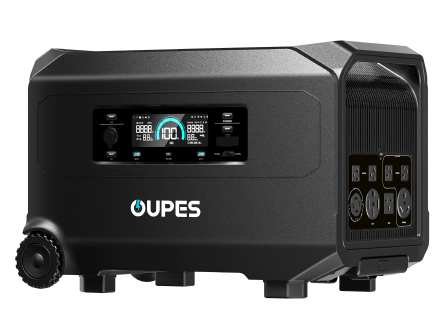
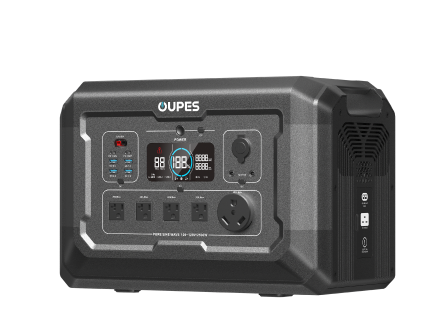
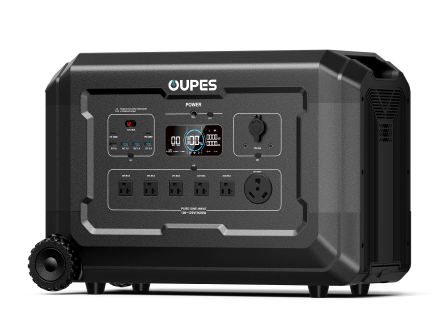
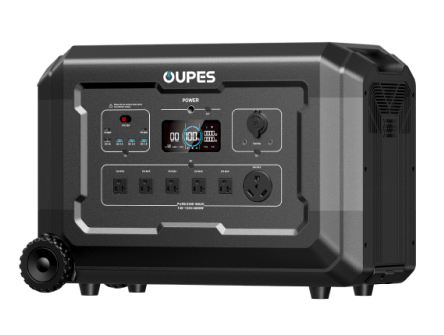
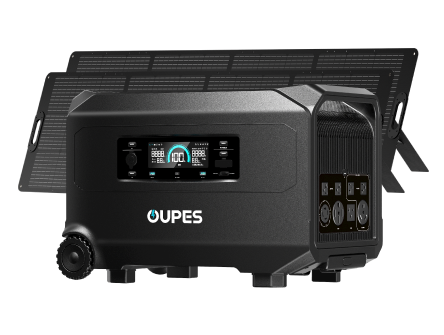

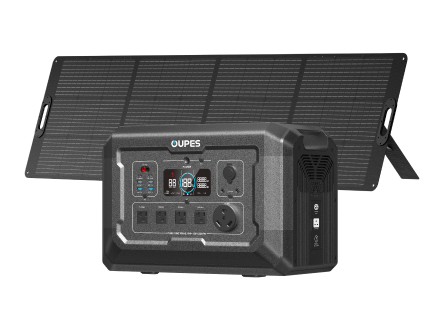

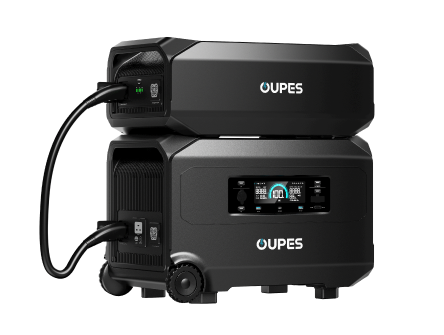
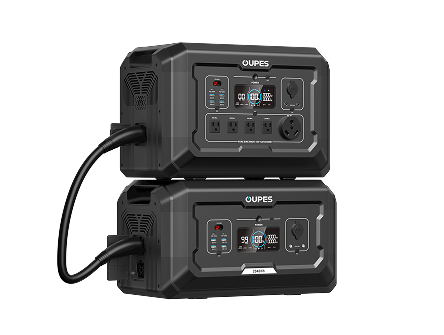
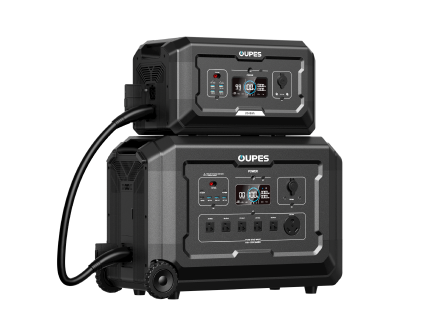
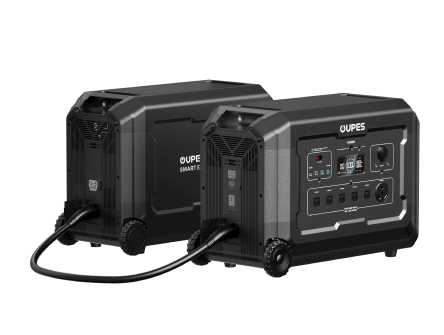
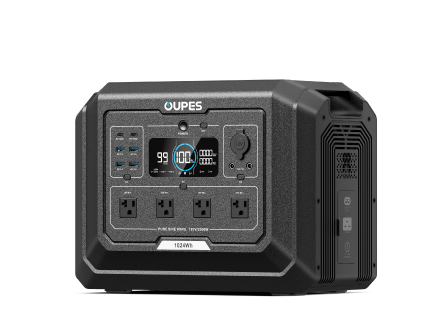
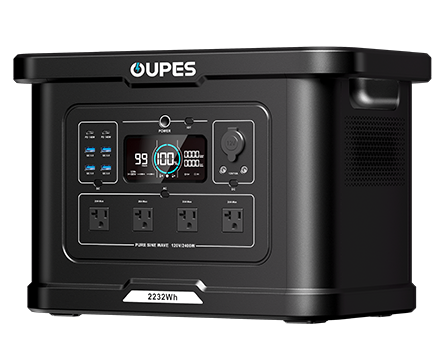
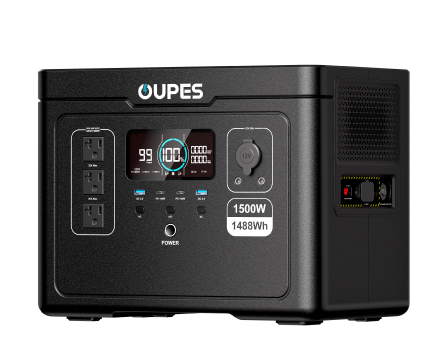
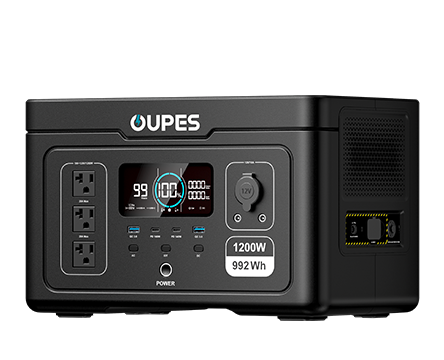
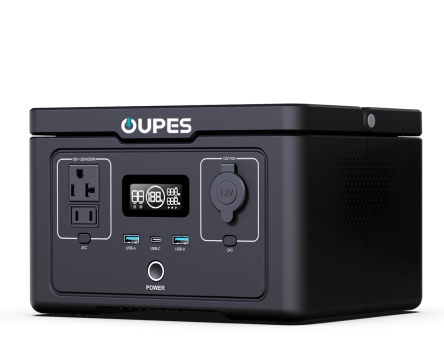
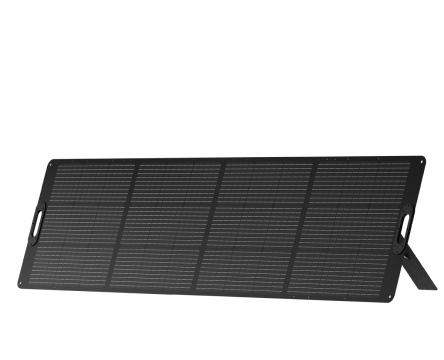
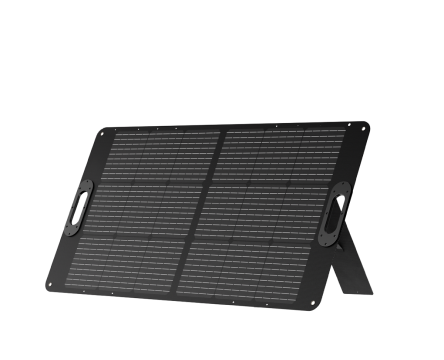
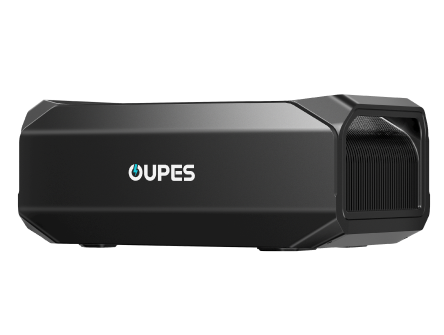
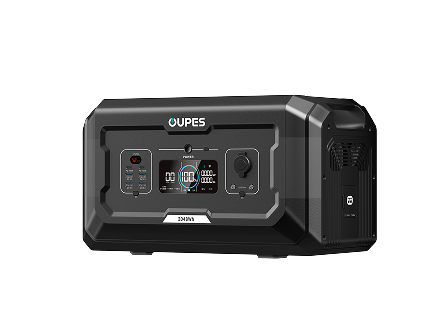
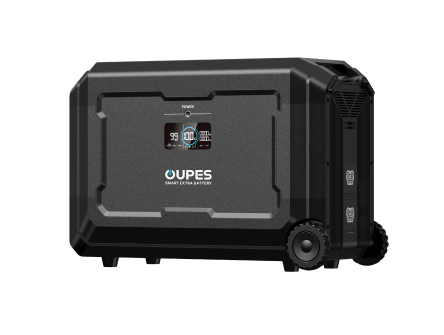
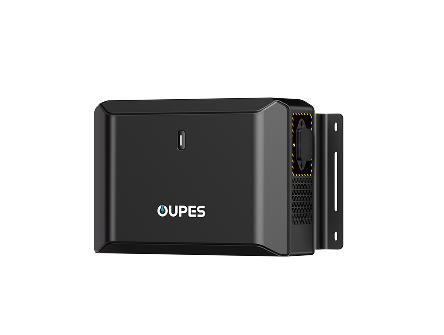
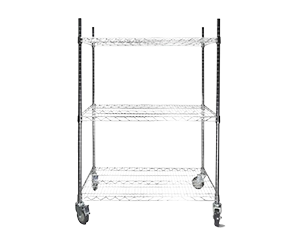
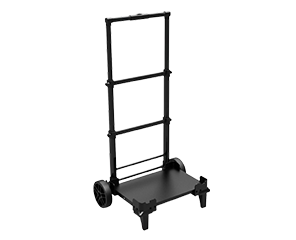
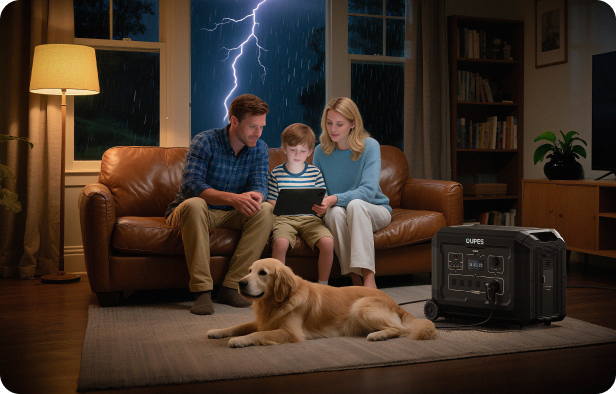
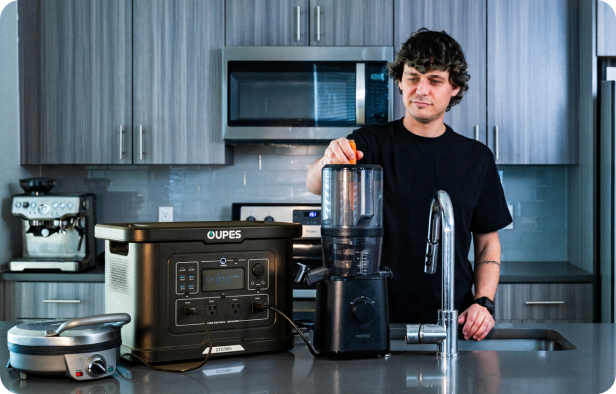
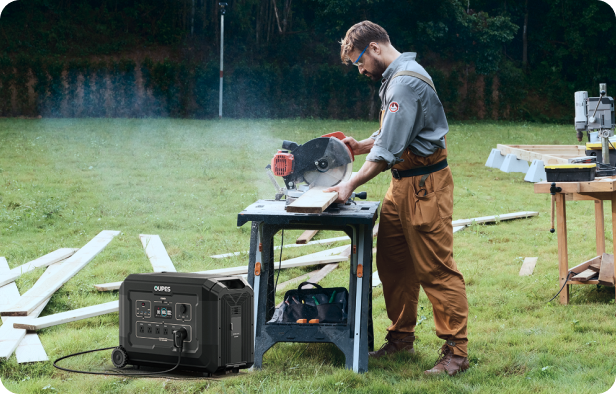
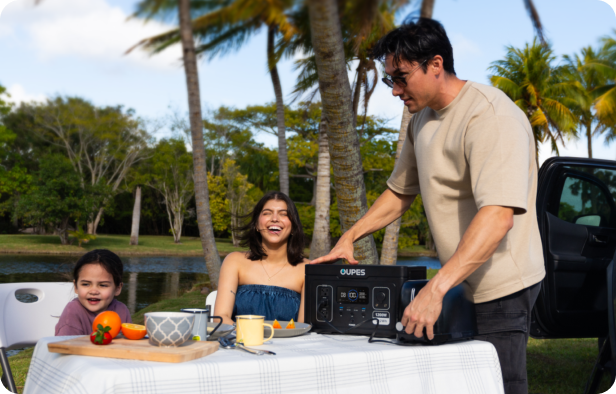




Leave a comment
This site is protected by hCaptcha and the hCaptcha Privacy Policy and Terms of Service apply.